Pollutants and Heavy Metals Taint Moscow’s Water Supply
Studies show that both surface water and groundwater in Moscow are polluted.
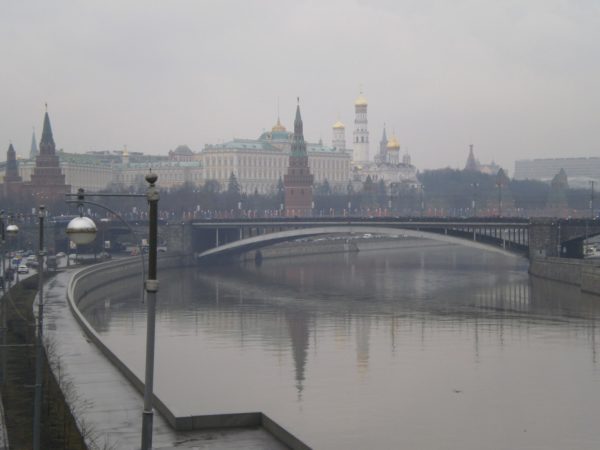
Moskva River. Photo courtesy of Wikimedia Commons.
Russia is rich in water, boasting 2 million lakes, 210,000 rivers, and a quarter of the earth’s freshwater reserves. Despite the country’s bountiful resources, access to clean water is an issue in many towns and cities. Rampant Soviet-era pollution dirtied Russia’s major waterways, and unchecked dumping of chemicals and wastewater continues today.
Water contamination is a concern in Moscow, the country’s capital and largest city. Fifty-six percent of water supply sources in Moscow, home to 12 million, do not meet safety standards. Studies have shown both surface and groundwater pollution in the city.
In 2013, Greenpeace Russia analyzed contamination in Moscow’s key river, the Moskva. The organization collected samples from 10 discharge sites along 50 kilometers of riverbank. Every sample showed high levels of pollutants, including sulfur, oil, heavy metals, and aluminum.
“There are toxic substances that exceed Russia’s safety standards by many times,” Dmitry Artamonov, head of the Toxics campaign of Greenpeace Russia, told The BRICS Post. In one sample, mercury exceeded safety levels by 20 times; in another sample, manganese surpassed safety levels by 120 times.
Currently, most of Moscow’s drinking water comes from upstream locations which are somewhat cleaner. Researchers warn that the contamination still poses health risks, however. The Moskva flows into the Volga River, which supplies water for agriculture. In many cases, the city’s polluted water is used to produce its food.
The pollution may also pose an increasing risk as the population of Moscow grows. Urbanization will overtake a larger portion of the Moskva River, and water demand will rise. Drawing more water from underground reserves, which are also contaminated, may not be an option.
A 2017 study assessed soil and groundwater contamination in Moscow and found significant concentrations of copper, lead, manganese, and zinc. An array of other heavy metals were also detected, both in the soil and the aquifer. The study noted that the amounts of ammonium, iron, manganese, and cadmium in the groundwater exceeded Russian safety standards. Much of the contamination is believed to be from the textile and leather industry, which dumped wastewater near the testing site in the early 20th century.
A Toxic Legacy
According to official regulatory data, 35 to 60 percent of drinking water reserves in Russia fail to meet safety standards. For surface water and spring water. 40 and 17 percent is impotable, respectively. In total, 11 million Russians do not have access to safe drinking water.
The widespread water pollution is largely due to Soviet-era dumping. Enormous amounts of chemicals and sewage were deposited into Russia’s rivers, including radioactive wastewater in some places. The impact on Russia’s water resources, in Moscow and elsewhere, is immense. In a 2009 survey, Russians named water pollution as the country’s most serious environmental issue.
Troublingly, large-scale industrial dumping continues today. A handful of Russian companies are taking steps to improve the quality of their wastewater, but the incentive is low.
“The Russian government doesn’t do anything to encourage or force manufacturers to curb their toxic pollution,” says Artamonov. “It is only when ecological needs coincide with economic imperatives that the enterprises do anything.”
The government has taken some action, approving the Clean Water Federal Target Programme in 2010. The aim of the program is to provide clean water to all communities in Russia by replacing infrastructure and improving water quality. According to experts, life expectancy in Russia could rise by 5-7 years if the plan is successfully implemented.
In the past, Russia has also looked for ways to tap its abundant eastern water resources. The majority of the country’s freshwater lies in Siberia, yet most of Russia’s population lives in the west. Although transfer schemes have been considered, the vast distance between the Siberian and European parts of Russia makes it nearly impossible to harness the country’s freshwater. As a result, the future of drinking water in Moscow and other Russian cities remains unclear.
Resources And Further Reading
In context reporting from Circle of Blue: WaterViews | Russia
Addressing Problems with Water Quality in Russia (The Borgen Project)
Assessment of soil and Groundwater Contamination by Heavy Metals and Metalloids in Russian and Indian Megacities (Science Direct)
AQUASTAT: Russian Federation (FAO)
Greenpeace: Moscow River overpolluted (The BRICS Post)
Greenpeace examined the Moskva River (Greenpeace)
Greenpeace launched Water Patrol on the Moskva River (Greenpeace)
Moscow River Passing on Its Pollutants (The Moscow Times)
Russia’s Troubled Waters Flow With The Mighty Volga (NPR)
Russian Water Industry Remains at Crossroads (Water & Wastewater International)
Kayla Ritter is a recent graduate of Michigan State University, where she studied International Relations and Teaching English to Speakers of Other Languages. She is currently based in Manton, Michigan. Kayla enjoys running, writing, and traveling. Contact Kayla Ritter

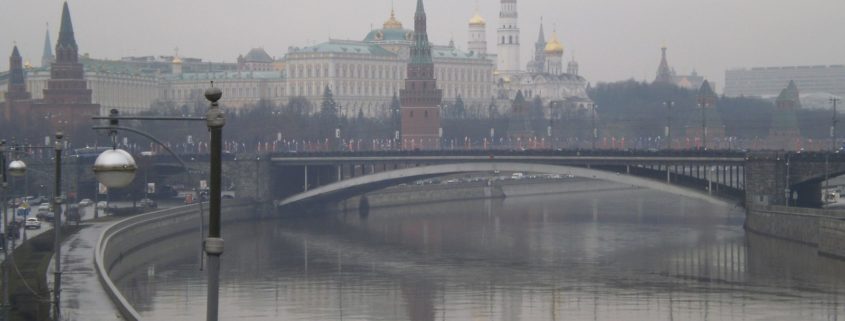

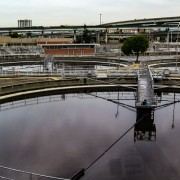


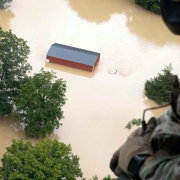
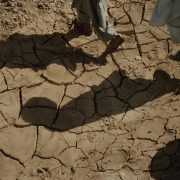
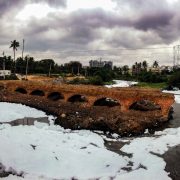


Trackbacks & Pingbacks
[…] action defeated the true purpose of the invasion. According to a 2013 study by Greenpeace, over 11 million Russians are without clean drinking water. Putin is desperate for a freshwater supply. 56% of Moscow’s […]
[…] water safety standards. A study in 2013 found high levels of sulfur, oil, aluminum and other hard metals in Moscow’s main river, the […]
[…] to place. St. Petersburg’s water is officially not drinkable, and Moscow’s water is reportedly polluted with metals and other substances. I drank the tap water without filtering for a time because #rebel… and often had stomach cramps. […]
[…] and other contaminants left from the Soviets. Russia’s government estimates that an incredible 35–60 percent of the country’s drinking water is unsafe for consumption. So much for green […]
Leave a Reply
Want to join the discussion?Feel free to contribute!